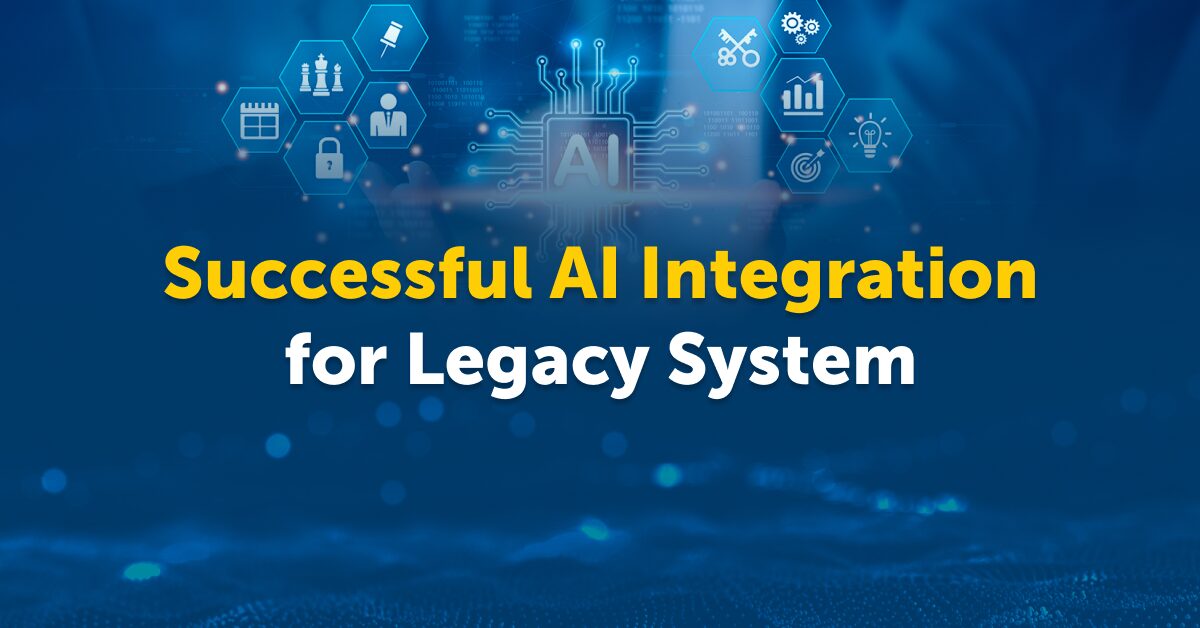Tips for working with a distributed AI team

Covid-19 has revolutionized business operations across the globe. A huge part of running a business from home is being able to work efficiently with your team. Managers are trying to maintain a healthy, productive, and seamless workflow.
Building on our experience building distributed AI teams, we’ve provided insight for any AI distributed workforce that wants to succeed remotely.
Ensure security by setting up compliances
Securing data is crucial especially with a distributed team. Providing your workforce with specific guidelines and safety measures to protect your organization and client’s data will be beneficial.
Data that machine learning engineers use when building models is sensitive and should be protected. When setting up a dedicated workspace, using screen covers ensures data isn’t visible to anyone. Other measures to secure data include configuring SSL VPN to access web, client server apps, and internal network utilities. Managers can provide employee specific network logins and a multi-factor authentication process that includes a network and hardware login, minimizing the risk of breach from a third party. Third parties also won’t have access to information if an encrypted drive like Bitlocker is installed and is beneficial in case a laptop goes missing. When accessing and sharing data, leveraging tools like Dropbox, Skysync, and OneDrive for Business help engineers navigate HIPAA, fedRAMP, GDPR, or SEC compliance.
Communication
Distributed AI teams rely on clear and consistent communication when working on a project to create algorithms or update models. Using the whiteboard feature on tools like Miro or Zoom easily allows them to convey logic through block and flowchart diagrams. Other tools like Chorus.ai or Gong.io, originally built for sales people, are helpful for remote AI teams especially with onboarding and getting up to speed with resources. All meetings and calls engineers participate in are saved, transcribed, allowing them to tag other team members to listen in on specific parts of a call. On the less technical side, organizing virtual happy hours and water cooler chats encourages engineers to communicate about non-work related topics. Conversing with colleagues on a personal level creates an effective and cohesive remote working environment.
DevOps
For distributed AI teams to successfully deploy projects, an automated infrastructure brings out the power in the DevOps process and accelerates production cycles. Using AI enabled techniques will save time, improve decision making, and speed up troubleshooting. Since engineers are working remotely, it’s useful to track, analyze, and share code behavior with others to know if any changes need to be made. It’s also important for engineers to use and collect the right data needed to improve feedback loops in monitoring customer support and understanding customer success. Securing efficient quality assurance and quality control procedures with your team also makes data accessible and helps in identifying any risks with the platform.
Collaboration
Constant collaboration creates a successful remote work environment for distributed AI teams. By adopting a MLOps process, data science teams and operation professionals can integrate, test, and deploy ML models that can be scalable in large-scale production environments. MLOps can successfully manage the machine learning lifecycle by increasing automation while improving production quality. To efficiently train machine learning models, using an open source groupware site like Google Colab enables engineers to share large datasets, coding, python files, publish notebooks from GitHub, and combine machine learning libraries such as Tensorflow, Keras, and Pytorch. Another essential part of remote team collaboration is communication on a daily and weekly basis especially when working on the same project or with the same client. Many engineers can be located in different time zones so it’s important that files and projects are accessible and stored in the same drive.
Project management
Remote data science and machine learning teams should implement a strategic management process that includes collecting the right data when building a model. Taking the time to prepare data to build the right data infrastructure is beneficial. Working from home, engineers should be on the same page about collecting the necessary data. Tools like Basecamp, Trello, JIRA, and Asana help teams manage projects, collaborate with clients and teams in real-time, share files, schedule tasks, and ensure projects are running smoothly. Project managers can also use AI to automate tasks and identify risks before they occur helping save time when building a model.
Culture
To create a healthy and fun remote company culture, distributed AI teams can have meetings through augmented reality. Software tools like Spatial or Connec2 allow engineers to make their own avatar, transform rooms into their monitors, and share multiple screens. Virtual meetings benefit engineers personally and professionally by helping them brainstorm ideas about projects, generate actionable insights, or provide updates on new data sources. Organizations should also establish remote pair programming sessions where two engineers collaborate to enhance code quality and give feedback to each other in real time using tools like Google Colab, Teletype, or Codeanywhere. These sessions are useful for remote data science teams and strengthens the work environment.
Managers can also motivate their team by creating online activities that foster creativity. For example, engineers can use a tool like Miro to post questions about data to help them better understand the kind of data they’re using and collaborate with their team about it. Engineers can also enhance their public speaking skills by presenting the project they are working through daily stand-up meetings.
Employee productivity
Motivation and communication are vital to establish a productive remote working environment. Aside from using tools like Jupyter Notebook, Miro, MLflow, and GitHub, other ways to boost the productivity of distributed AI teams is by encouraging in-house engineers to schedule a time to meet with other engineers to discuss project workflow. If engineers are working for clients, they can ask data related questions while explaining which ML concepts will be used for the AI solution. Non-technical clients can also benefit from this by getting a behind the scenes look at how data is being used. Additionally, managers should implement a remote engineer mentor system where junior engineers can be mentored once a week to understand how to use data more effectively when building large and complex systems with remote teams. These practices can help distribute AI teams by improving communication skills and building confidence.
The transition to working online has been an eye opening experience for businesses and will stay for the long haul. To prepare for the future, managers of distributed AI teams should make conscious decisions on how to stay connected with teams virtually. These tips can help to create a successful and productive remote working environment.


